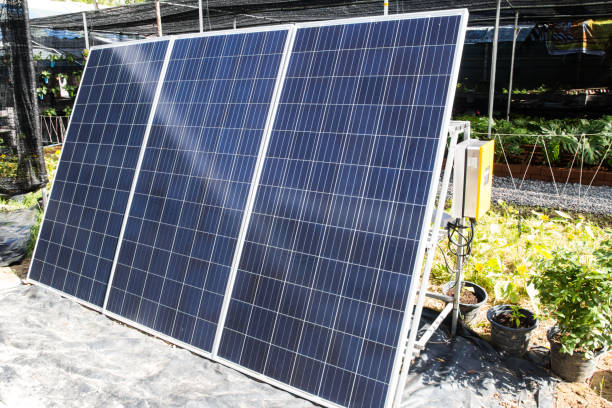
Recent research suggests that spicy solar cells perform better. Researchers experimented with solar cells using capsaicin, the chemical that produces the mouth-burning heat characteristic of chili peppers. According to Karina Shah in New Scientist, they also discovered that the cells were more efficient at converting solar energy into electricity.
The research findings, released last month in Joule, apply to a new solar cell that uses perovskites that usually comprise lead-based materials. Silicon has been the dominant material in solar panel design for a long time. However, perovskite solar cells have proven to be viable together with silicon solar cells to capture more energy independently, in which case they are designed to be thin and flexible, according to Andy Extance for Nature in 2019.
According to a New Scientist, although perovskite solar cells outperform silicon’s efficiency in taking in sunlight, they have encountered issues turning sunlight into electricity instead of losing it as heat.
Qinye Bao, the study’s lead author, and electrician at East China Normal University, was searching for a cheap and easy-to-find ingredient that could aid in reducing this problem with the perovskite solar cell. “Considering the electric, chemical, optical, and stable properties of capsaicin, we preliminarily found that it would be a promising candidate,” says Bao in a declaration.
The researchers who came up with the study added capsaicin to perovskite-like thin solar cells they created in their lab. The chemical compound that is spicy improves the efficiency of solar cells. The power conversion rate was 19.1 percent, whereas the cells treated with capsaicin reacted 21.88 percent of available solar energy as per the research. As per the report, treated solar cells proved more stable and retained more than 90% of their efficiency after 800 hours.
In the Conversation, Jon Major, a renewables researcher at the University of Liverpool, writes:
“Adding capsaicin increases the size of the grains that comprise the active component in the solar cells, which allows it to better transport electricity. In addition the material shifts from having a shortage of electrons, to one in oversupply and the cell’s operation is altered, changing the way it functions and allows more sunlight to convert to electricity.”
The subsequent analysis with spectroscopy proved that capsaicin was responsible for increased free electrons at the surface of solar cells and decreased heat loss, as reported by New Scientist. But researchers are still determining the mechanism that caused capsaicin to do all this. Bao informs New Scientist that his team believes the capsaicin molecules could interact with lead ions in perovskite solar cells releasing electrons that can then be used to carry a charge.
Perovskite cells can be less expensive and more straightforward and simpler to manufacture than silicon solar cells following Nature, and techniques such as adding a little spice could help make them an even more exciting part of a future less dependent on planet-warming fossil fuels.
